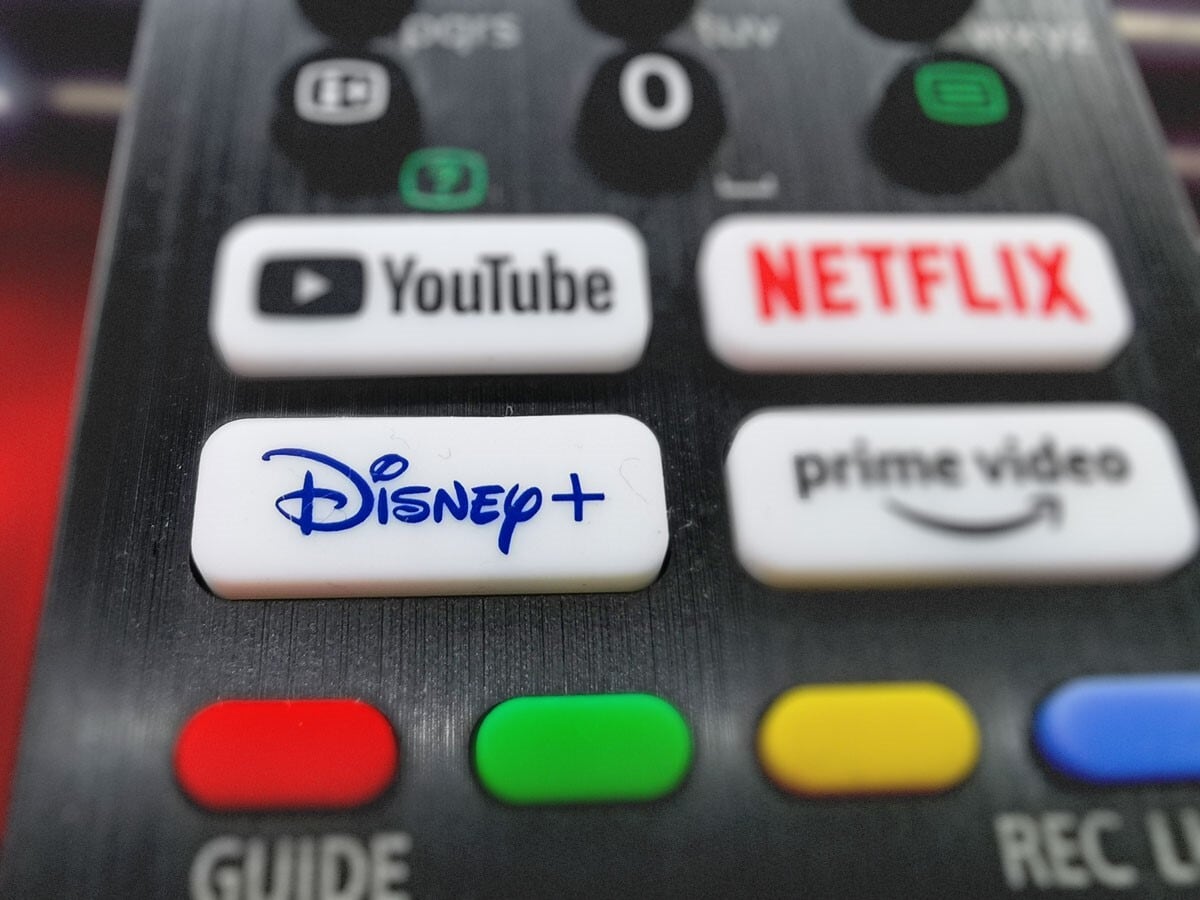Disney’s [DIS] share price has lost some of that magic kingdom sparkle. The stock is down almost 7% this year and almost 10% since 8 March.
Now a Barclays analyst has indicated scepticism about the immediate outlook for Disney’s share price, following concerns about flattening Disney+ subscription numbers. Is the analyst right? Or is Disney’s downtrodden share price a chance to pick up a high-quality stock at a discount.
Barclay’s cuts its target on Disney’s share price
Kannan Venkateshwar has slashed his target on Disney’s share price by $35 to $175 - not far off the $169.42 that the stock closed at on Friday. Justifying the trimmed price target Venkateshwar cited that Disney+ growth had ‘slowed significantly’ and cut his rating on the stock from Overweight to Equal-weight.
"In order to get to its long term streaming [subscriber guidance], Disney needs to more than double its current pace of growth to at least the same level as Netflix [NFLX],” the analyst said.
On the surface, the House of Mouse’s streaming platforms are performing strongly. In Disney’s most recent quarter, the company lumped on 116m new subscribers, exceeding Wall Street expectations of 113.1m new subscribers. Disney+ US only subscriber base grew 21% to 42.8m, while ESPN’s base grew 75% to 14.9m.
“In order to get to its long term streaming [subscriber guidance], Disney needs to more than double its current pace of growth to at least the same level as Netflix” - Barclays analyst Kannan Venkateshwar
But scratching beneath the headline numbers reveals some big headwinds. The average revenue per subscriber fell 10% year-on-year to $4.16. Diluting revenue was almost 40% of new subscribers coming from outside of UK, US and Australia markets. Most came from Disney+ Hotstar - the company’s streaming service in India where subscribers fork out less than half of what US subscribers pay.
Not helping things was Disney CEO Bob Chapek saying subscriber numbers will grow in the “low single-digit millions” next quarter at Goldman Sachs’ Communacopia conference.
“What we are finding out, as you’ve seen from our last several quarters in terms of our earnings, is that these numbers tend to be a lot noisier than a straight line,” Chapek said at the conference.
Is Disney’s share price a bargain?
In the short term, Disney+’s subscription trajectory isn’t instilling confidence - especially with a resurgent Netflix. The rival steamer is entering new markets, expanding its content offering and riding high off the back of mega-hit Squid Games. In the third quarter, Netflix topped analyst estimates for both earnings and subscriber growth, adding 4.4m paying customers in the quarter - well above the expected 3.84m.
Yet it’d be churlish to suggest that Disney+ couldn't compete with Netflix - the brands it owns are among the most recognisable on the planet. It also enjoys a steady stream of exclusive blockbusters being released on its streaming platform. Black Widow, Jungle Cruise and Shang-Chi and the Legend of the Ten Rings are all on or will eventually be available on Disney+.
Venkateshwar acknowledges the strength of these franchises in his analysis, but points out that in a world where customers have the choice of multiple streaming options, Disney is struggling to compete in terms of highly-rated programs. Outside of its franchise fare, Disney doesn’t yet have a buzz-worthy show like The Crown or The Queen’s Gambit.
To deepen its content strategy Disney would have to go through a “wholesale thought process change across the content organization and a willingness to look beyond franchises,” according to Venkateshwar.
Yet, in the mid-to-long-term, Disney’s share price could be a relative bargain - especially as the company’s theme park business starts to rebound following the pandemic.
Disney’s third-quarter earnings are just under a month away and should offer investors some clarity about their market position. Among analysts polled by Refinitiv, Disney’s share price carries an average $212.5 price target - hitting this would see a 25.4% upside on Friday’s close of $169.42.
Disclaimer Past performance is not a reliable indicator of future results.
CMC Markets is an execution-only service provider. The material (whether or not it states any opinions) is for general information purposes only, and does not take into account your personal circumstances or objectives. Nothing in this material is (or should be considered to be) financial, investment or other advice on which reliance should be placed. No opinion given in the material constitutes a recommendation by CMC Markets or the author that any particular investment, security, transaction or investment strategy is suitable for any specific person.
The material has not been prepared in accordance with legal requirements designed to promote the independence of investment research. Although we are not specifically prevented from dealing before providing this material, we do not seek to take advantage of the material prior to its dissemination.
CMC Markets does not endorse or offer opinion on the trading strategies used by the author. Their trading strategies do not guarantee any return and CMC Markets shall not be held responsible for any loss that you may incur, either directly or indirectly, arising from any investment based on any information contained herein.
*Tax treatment depends on individual circumstances and can change or may differ in a jurisdiction other than the UK.
Continue reading for FREE
- Includes free newsletter updates, unsubscribe anytime. Privacy policy





